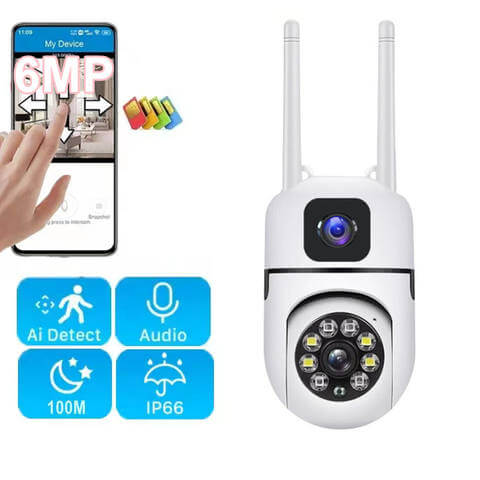Poor video quality, lagging feeds, and dropped frames can turn your IP surveillance system into a security nightmare. As someone who’s troubleshot countless camera installations, I’ve seen how bandwidth issues create blind spots in critical moments. Understanding the relationship between bandwidth and camera performance isn’t just technical knowledge—it’s essential for protecting what matters most to you. IP camera bandwidth requirements vary dramatically based on resolution, compression codec, and scene activity. A 1080p camera typically uses 2-4 Mbps with H.264 compression, while 4K cameras can consume 4-16 Mbps depending on settings. Insufficient bandwidth causes video lag, frame drops, and degraded image quality that compromises surveillance effectiveness. Let’s dive into the specific ways bandwidth impacts your sistema de cámaras and explore practical solutions for optimization. Proper bandwidth management can improve your IP camera performance by up to 300% while reducing network costs, and I’ll show you exactly how to achieve this balance.
Why Does Video Resolution Impact Your Bandwidth Needs?
Understanding the relationship between video resolution and bandwidth requirements isn’t just technical knowledge—it’s the foundation of smart surveillance system design. As someone who’s helped countless businesses optimize their security networks, I’ve seen how this single factor can make or break a project’s budget and performance.
The mathematics are unforgiving: resolution directly multiplies your bandwidth needs. Every pixel increase creates exponential network demands that ripple through your entire infrastructure. Here’s what the numbers actually look like in practice:
| Resolución | Bandwidth Range | Typical Usage |
|---|---|---|
| 720p HD | 1-2 Mbps | Control general |
| 1080p Full HD | 2-4 Mbps | Standard security |
| 4K Ultra HD | 4-16 Mbps | Critical detail capture |
These ranges vary based on compression settings and scene complexity, but the pattern is clear: each resolution jump roughly doubles your bandwidth appetite.
Real-world impact becomes dramatic at scale. That retail chain I worked with last month discovered their 16-camera 4K upgrade would consume 128-256 Mbps total bandwidth—equivalent to running 64-128 standard 720p cameras. Their monthly internet costs would have tripled overnight.
Strategic deployment makes the difference. At Jer-Tech, we recommend 4K only where detail capture justifies the bandwidth cost—license plate recognition zones, cash register areas, or entrance monitoring. Interior spaces monitoring general activity performs excellently at 1080p, optimizing both security effectiveness and network resources.
The bandwidth multiplication effect impacts more than internet bills. Network switches, storage arrays, and processing hardware all scale with resolution demands, creating cascading infrastructure costs that catch many designers off guard.
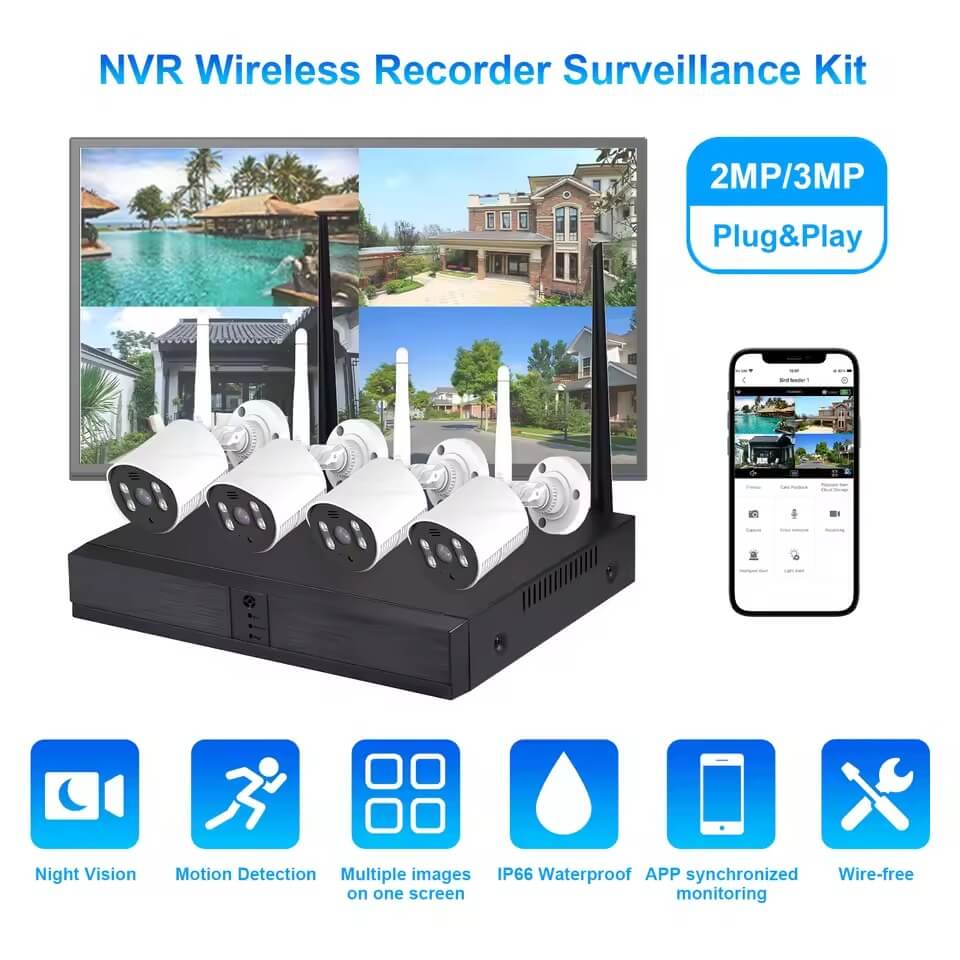
How Do Compression Codecs Change Everything?
Resolution sets the stage, but compression codecs perform the real magic in bandwidth optimization. After fifteen years of optimizing surveillance networks, I’ve watched compression technology transform impossible installations into practical solutions. Modern codecs achieve what seems impossible—reducing uncompressed video bandwidth by 99.5% while maintaining security-grade quality.
The codec comparison reveals stark differences in efficiency and resource requirements:
| Codec | 1080p Bandwidth | Processing Power | Compatibilidad |
|---|---|---|---|
| MJPEG | 10-20 Mbps | Bajo | Universal |
| H.264 | 2-4 Mbps | Medio | Excelente |
| H.265 (HEVC) | 1-2 Mbps | Alta | Limitado |
H.265 delivers the same visual quality as H.264 using half the bandwidth—a 1080p camera drops from 4 Mbps to 2 Mbps without sacrificing detail. This efficiency breakthrough can double your camera capacity on existing network infrastructure, though the trade-off comes in processing demands and hardware costs.
MJPEG remains relevant for specific applications despite its bandwidth appetite. Its universal compatibility and minimal latency make it valuable for real-time monitoring where processing power is limited.
Smart codec selection balances multiple factors beyond pure compression ratio. At Jer-Tech, we evaluate hardware capabilities, latency requirements, and long-term storage costs before recommending codec strategies. The right choice optimizes your entire surveillance ecosystem, not just bandwidth consumption.
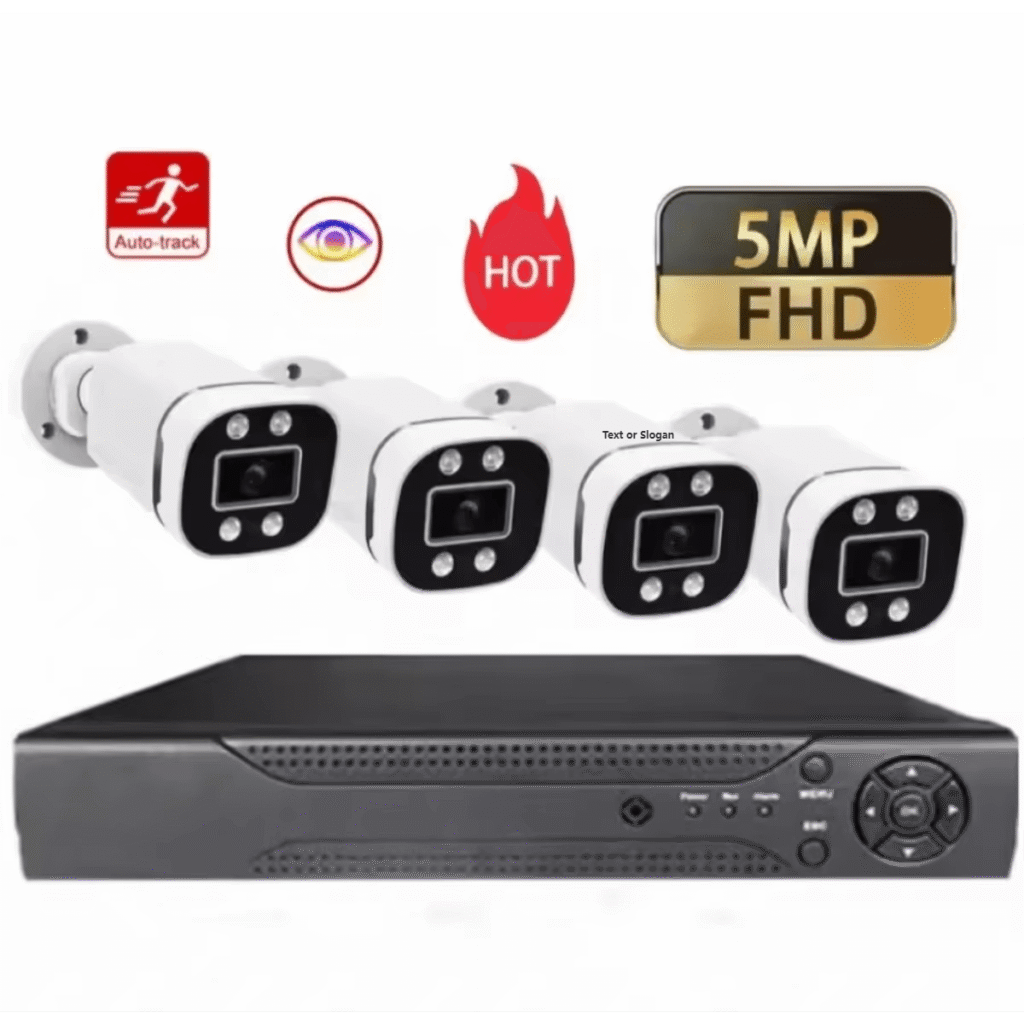
What Factors Actually Control Your Camera’s Bandwidth Usage?
Beyond resolution and codec selection, environmental factors create the most dramatic bandwidth variations in real-world installations. After troubleshooting hundreds of “mystery” bandwidth spikes, I’ve learned that scene complexity often matters more than technical specifications.
The environmental impact becomes clear through actual performance data:
| Scene Type | Bandwidth Impact | Common Triggers |
|---|---|---|
| Static Scene | Línea de base | Empty hallways, parking lots |
| High Motion | +200-300% | Traffic, crowds, weather |
| Poor Lighting | +150% | Digital noise, grain |
| Weather Activity | +100-200% | Rain, snow, moving vegetation |
Real scenarios illustrate these dramatic swings. That intersection camera I installed last year consumes 8 Mbps during rush hour chaos but drops to 1 Mbps monitoring an empty street at midnight—same camera, same settings, vastly different demands.
Lighting conditions create the most overlooked bandwidth drain. Poor illumination generates digital noise that compression algorithms cannot efficiently reduce, forcing higher bitrates to maintain image quality. Even insects flying near cameras can trigger unnecessary bandwidth spikes that catch system designers off guard.
Advanced cameras implement variable bitrate encoding and region-of-interest processing to combat these challenges. At Jer-Tech, we configure these adaptive features to focus bandwidth on security-critical areas while reducing quality in background zones.
Understanding these variables prevents network over-provisioning and enables dynamic allocation based on actual necesidades de vigilancia rather than theoretical maximums.
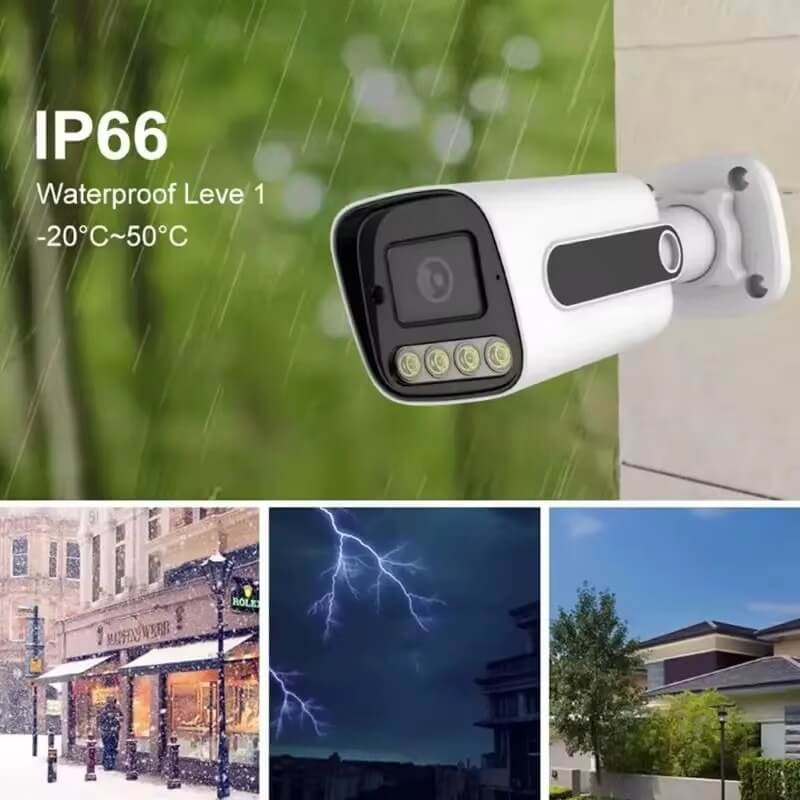
How Can You Calculate Bandwidth Requirements Accurately?
Understanding environmental variables helps, but accurate bandwidth calculation transforms guesswork into predictable network performance. After managing countless instalaciones de cámaras that exceeded initial estimates, I’ve refined a systematic approach that accounts for real-world complexity and future growth.
The step-by-step calculation formula prevents costly surprises:
| Calculation Step | Formula | Propósito |
|---|---|---|
| Base Bandwidth | Camera Count × Individual Requirements | Core streaming needs |
| Protocol Overhead | Base × 20% | Network packet headers |
| Peak Usage Buffer | Base × 50% | Activity spikes, expansion |
Practical application reveals the formula’s accuracy. That 32-camera retail center I designed last month exemplifies mixed-resolution planning: 8 × 4K cameras (6 Mbps each) = 48 Mbps, 16 × 1080p cameras (3 Mbps each) = 48 Mbps, 8 × 720p cameras (1.5 Mbps each) = 12 Mbps. Base requirement totals 108 Mbps.
Adding 20% protocol overhead (21.6 Mbps) plus 50% peak buffer (54 Mbps) yields 183.6 Mbps total requirement. This calculation accommodated Black Friday traffic surges and cámara del futuro additions without network strain.
Consider additional factors: upload bandwidth for remote monitoring, recording bandwidth for almacenamiento local, and redundancy requirements for critical applications. At Jer-Tech, we’ve seen proper planning reduce infrastructure costs by 40% while ensuring reliable performance during peak surveillance demands. The formula eliminates bandwidth bottlenecks before they impact operaciones de seguridad.
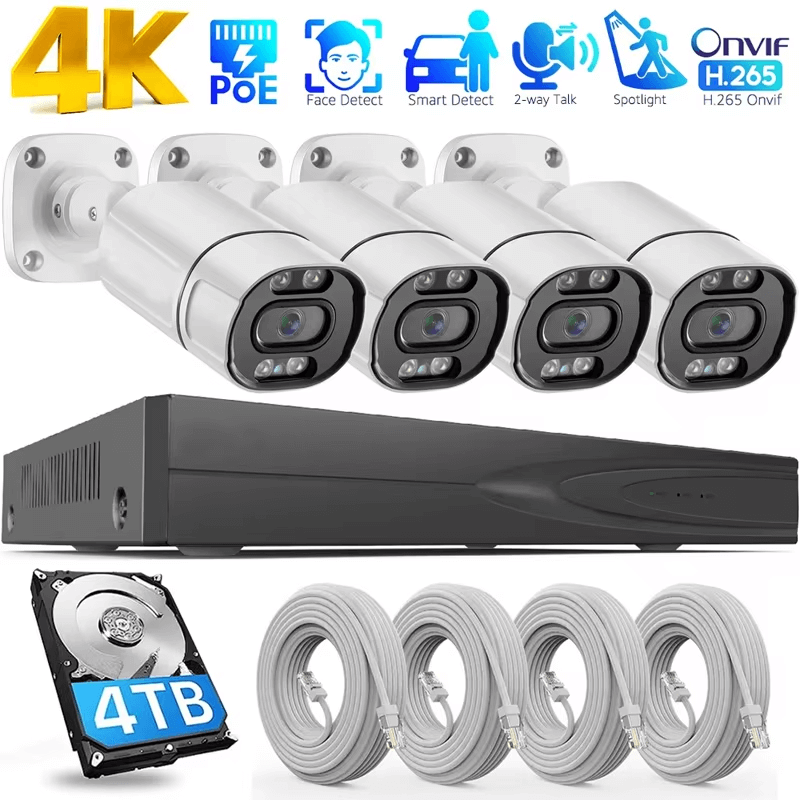
What Are the Best Bandwidth Optimization Strategies?
Accurate bandwidth calculations provide the foundation, but smart optimization strategies deliver the actual savings that make sistemas de vigilancia affordable and efficient. After implementing these techniques across hundreds of installations, I’ve seen dramatic reductions in network costs without sacrificing security quality.
The six core optimization strategies deliver measurable results:
| Optimization Strategy | Bandwidth Reduction | Mejor aplicación |
|---|---|---|
| Adaptive Bitrate Streaming | 30-40% | Variable network conditions |
| Scheduled Quality Profiles | 60% off-peak | Business hour variations |
| Motion-Triggered Recording | 80-90% | Perimeter cameras |
| QoS Traffic Prioritization | Performance stability | Shared networks |
| Edge Storage Buffering | Eliminates continuous upload | Lugares remotos |
| Intelligent Compression | Variable based on the scene | High-activity areas |
Adaptive bitrate streaming automatically adjusts quality based on network conditions, preventing bottlenecks during peak usage. Scheduled quality profiles reduce overnight bandwidth by 60% for that warehouse client, maintaining 4K during business hours but dropping to 720p after midnight.
Motion-triggered recording transforms perimeter security economics—those parking lot cameras now consume 1 Mbps instead of 8 Mbps by streaming only during detected activity. Quality of Service configuration ensures surveillance traffic gets network priority over other applications.
En Jer-Tech, we’ve achieved 50-70% bandwidth reduction through combined strategy implementation while maintaining security effectiveness. These optimization techniques work synergistically, delivering immediate savings regardless of budget or system size.
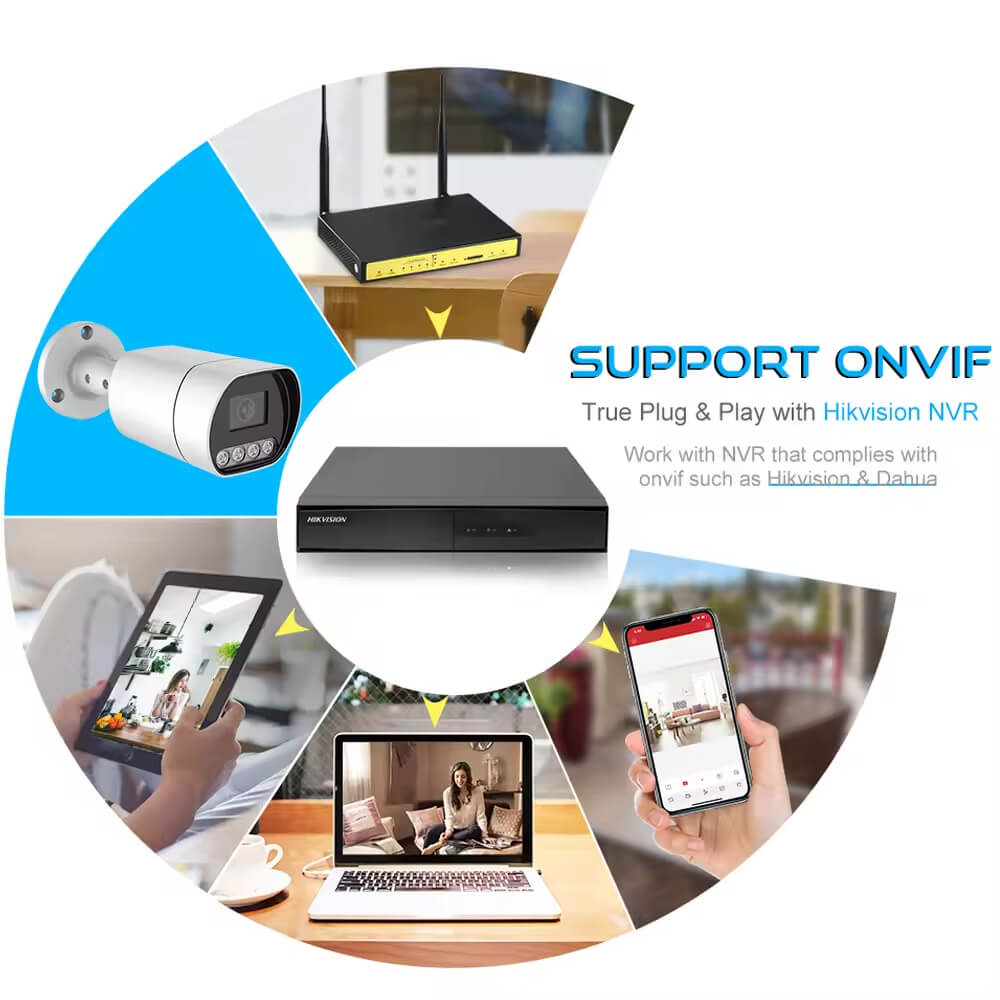
Conclusiones
Bandwidth management transforms IP camera systems from bandwidth-hungry networks into efficient surveillance solutions. By understanding resolution impacts, choosing appropriate codecs, and implementing smart optimization strategies, you’ll achieve better video quality while reducing network strain. Remember, the goal isn’t maximum resolution everywhere—it’s optimal performance where you need it most.

